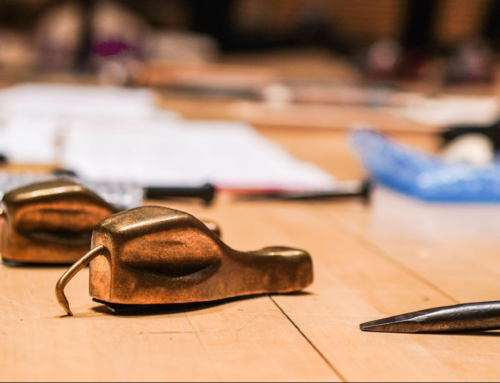By Tracey Leibach
With summer just around the corner, fairs and carnivals will soon be cropping up across the nation. A highlight of any midway is the iconic Ferris wheel, which is marking its 130th anniversary this year.
The Ferris wheel was designed by George W.G. Ferris, who graduated from Rensselaer Polytechnic Institute in 1881 with a degree in civil engineering.
It made its debut in 1893 at the World’s Columbian Exhibition in Chicago, where it towered over the fairgrounds. The fair’s lead architect, Daniel Burnham, had challenged American engineers to come up with “something novel, original, daring, and unique” to rival the Eiffel Tower, which had been built for the 1889 Exposition Universelle in Paris.
“Make no little plans; they have no magic to stir men’s minds,” Burnham urged.
Ferris, a 33-year-old structural engineer from Pittsburgh, Pennsylvania, who inspected steel for the fair, rose to the challenge and quickly sketched a huge revolving steel wheel, higher than Chicago’s tallest building.
According to Richard G. Weingardt, who wrote Circles in the Sky, a book about the 19th century American engineer, Ferris said he struck upon his idea one night after an engineering society dinner, saying, “I got out some paper and began sketching it out. I fixed the size, determined the construction, the number of cars we would run, the number of people it would hold, what we would charge, the plan of stopping six times during the first revolution for loading, and then making a complete turn. In short, before the evening was over, I had sketched out almost the entire detail and my plan never varied an item from that day on.”
Ferris’ wheel, which had a diameter of 250 feet, was raised 15 feet off the ground and stood 265 feet tall. It was supported by two 140-foot steel towers connected by a 45-ton axle — the largest single piece of forged steel in the world at the time. Thirty-six bus-sized cabins — with plush, crushed velvet interiors — held 60 people each. A 1,000 horsepower reversible engine provided the power. Fully loaded, the 1,200-ton Ferris wheel could carry 2,000-plus people, a passenger capacity still not exceeded even by today’s mammoth wheels.
Launched on June 21, 1893, it was an enormous success. All told, more than 1.4 million people took the 20-minute ride and had access to an aerial view few had ever seen. Because the wheel was so costly to operate, tickets to this colossal ride cost 50 cents — the same price as tickets to the actual fair! More than 27 million people attended the exposition, which ran from May 1 through Oct. 31 in Jackson Park on the city’s South Side.
“It is an indescribable sensation,” wrote a reporter named Robert Graves, “that of revolving through such a vast orbit in a bird cage.”
The public’s love of Ferris wheels has never waned. In recent years, there has been competition among nations to build the tallest “observation wheels.” The 820-foot-tall Ain Dubai in the United Arab Emirates opened to the public on October 21, 2021, and is currently the world’s tallest Ferris wheel in operation.
No matter the size, the Ferris wheel has been bringing joy to children and adults for 130 years and will no doubt continue to bring smiles for years to come.




